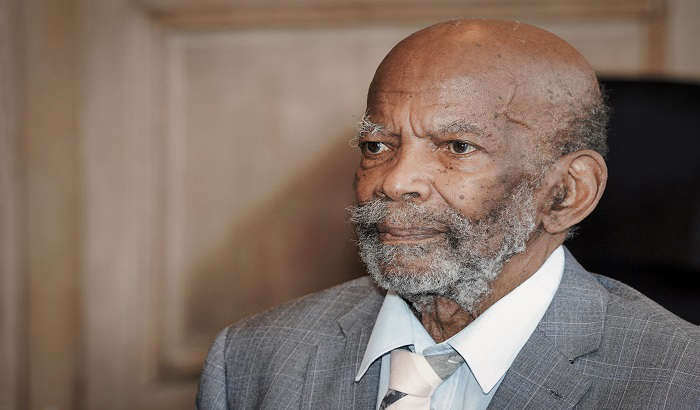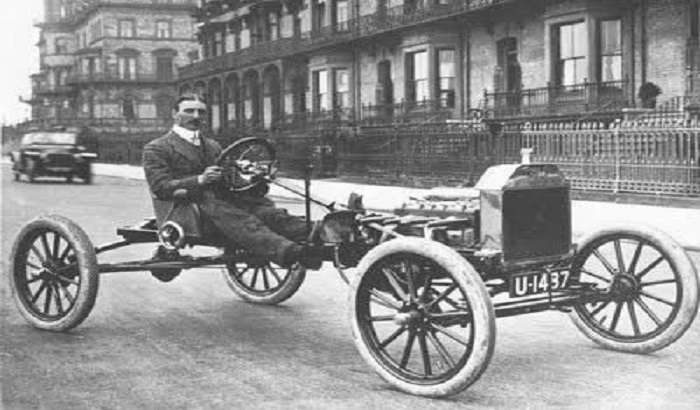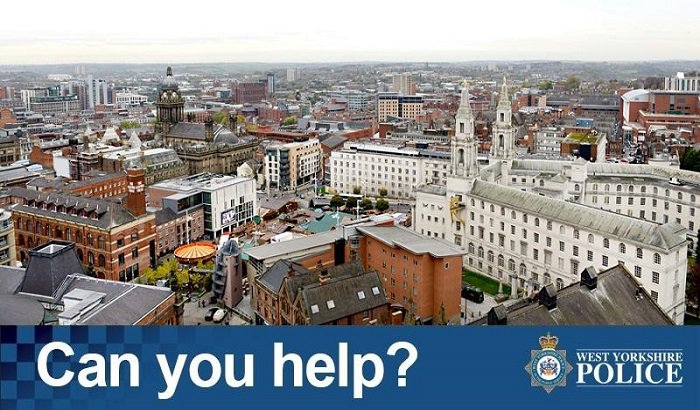
Brake, the road safety charity, has welcomed the slight drop in deaths and serious injuries on our roads, but is calling for more to be done to speed up the process of reducing casualties and fatalities.
Five families are still getting that devastating knock on the door every day to say their loved one is never coming home.
The campaigning charity says its ambition of achieving ‘vision zero’ – no more deaths and serious injuries on our roads, is still some way off. Brake is calling on the government to reintroduce ambitious casualty reduction targets, to keep the fightback against road crashes moving in the right direction.
There has been a welcome reduction in the numbers of pedestrians and cyclists killed. The number of pedestrian’s killed dropped by 8% last year, but that was still 409 lives needlessly lost. The number of cyclists who died on our roads fell by 12% - but that was still 100 lives ended too soon.
Not all vulnerable road users have seen their safety improve though; there has been a worrying increase in the number of motorcyclists killed, up 8% to 365.
There has also been a slight increase in the number of child fatalities up 2% to 54. More than a third of child casualties were pedestrians and almost a third occurred between 3pm and 5pm.
Though the numbers are small there are early indications that introducing 20mph limits appear to reduce road deaths. The number of people killed on 20 mph roads in 2015 fell from 28 to 14. This is why Brake is repeating its call for the default urban speed limit to be reduced from 30mph to 20mph.
Worryingly, vehicle traffic has risen by almost 2% in the last year, meaning as well as the increased danger of crashes, we are seeing increased pollution. Much of this increase is being attributed to light goods vehicles, many running on diesel, which of course we have now learned is much more damaging to the environment than previously claimed.
Lucy Amos, research advisor for Brake, said: “While we welcome the reduction in road deaths and serious injuries in 2015, the government figures released today reveal the danger of complacency. Although slight reductions have been achieved, we must remember that no road death is acceptable and we should not compromise when it comes to people’s lives and the safety of our roads.
Vehicle traffic has been steadily increasing for the past few years; action must be taken now to prevent the numbers of vehicles overwhelming safety measures. The increase in motorcycle deaths last year is a clear indicator that something must be done now to secure the safety of vulnerable road users in particular. This is why Brake is calling for the reintroduction of ambitious casualty reduction targets to act as a driving force for the fight against road death and injury at the national level.”

 Appeal Following Road Traffic Collision, Great Horton Road, Bradford
Appeal Following Road Traffic Collision, Great Horton Road, Bradford
 Bradford Man Jailed For Child Sexual Offences
Bradford Man Jailed For Child Sexual Offences
 Appeal After Burglary
Appeal After Burglary
 Have your say and help to build stronger communities in Calderdale
Have your say and help to build stronger communities in Calderdale
 Bradford to mark the 80th anniversary of D-Day
Bradford to mark the 80th anniversary of D-Day
 City presents Windrush pioneer with prestigious Leeds Award
City presents Windrush pioneer with prestigious Leeds Award
 More Than 10,000 Arrests Made By Team Dedicated To Reducing Violent Crime
More Than 10,000 Arrests Made By Team Dedicated To Reducing Violent Crime
 Plate expectations as historic registration could be up for sale
Plate expectations as historic registration could be up for sale
 Calderdale: Celebrating over 350 years of service at Council
Calderdale: Celebrating over 350 years of service at Council
 Activists who caused £100,000 worth of damage sentenced
Activists who caused £100,000 worth of damage sentenced
 Appeal Following Collision and Death of Man in Otley, Leeds
Appeal Following Collision and Death of Man in Otley, Leeds
 Legal Show
Legal Show
 The Golden Era
The Golden Era
 Bhangra Nights
Bhangra Nights
 Remix Saturdays
Remix Saturdays